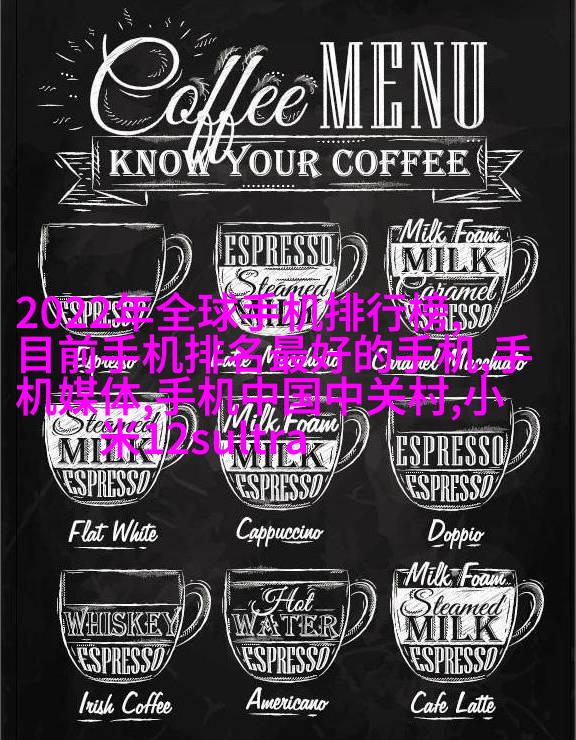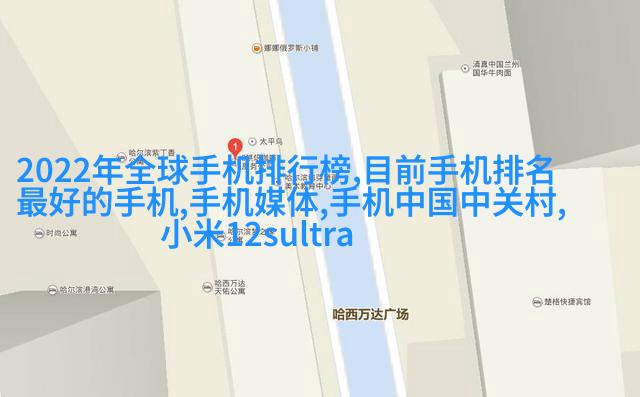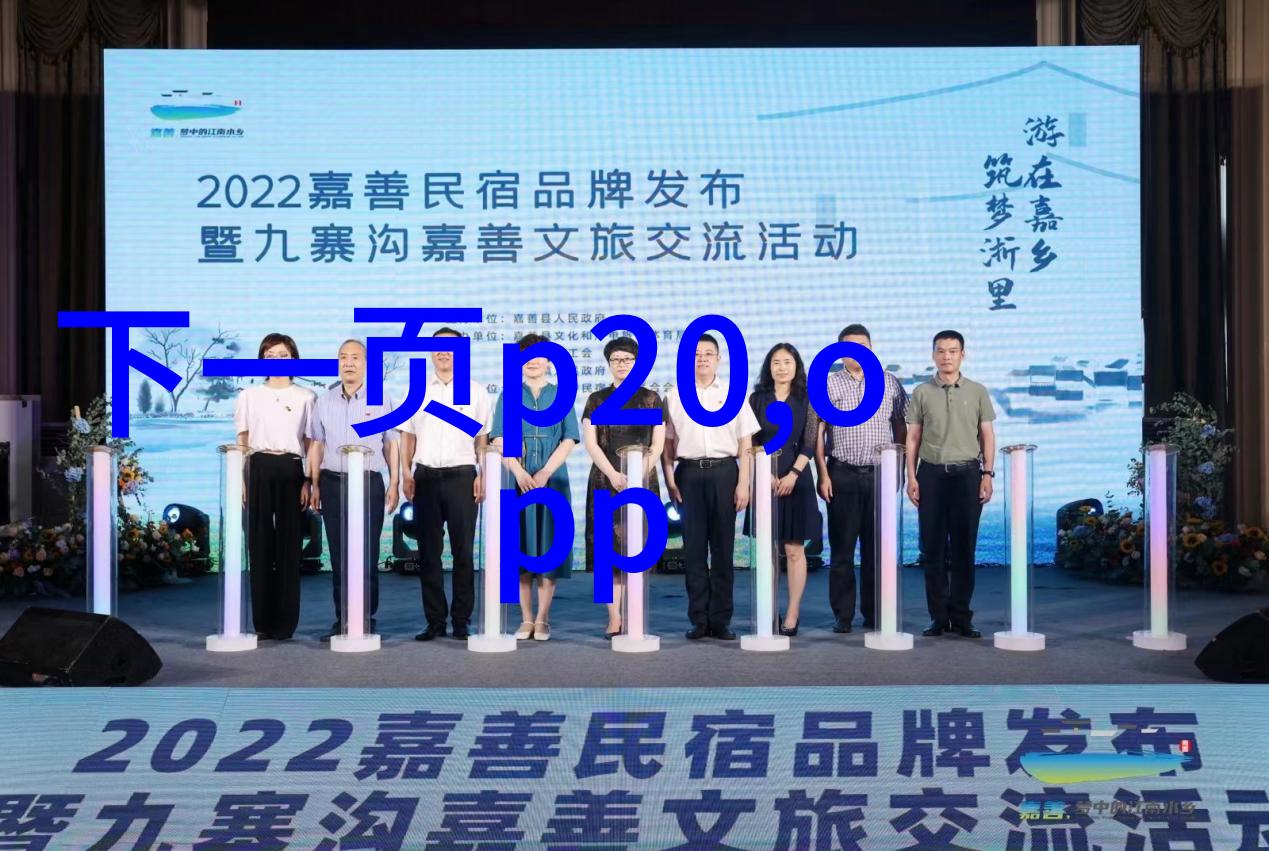分离技艺膜的奇迹
一、幕启

在工业生产中,物质的处理和利用往往涉及到多种复杂的操作。其中,膜分离工艺作为一种高效且环保的技术手段,不仅能够提高产品质量,还能节约能源,减少污染。这篇文章将深入探讨膜分离工艺包括哪些关键步骤,以及它在现代工业中的应用。
二、选择与准备

在开始任何一个膜分离项目之前,都需要对所使用的材料进行详细评估。首先,我们需要选择合适的隔膜材料,它应该具有良好的化学稳定性和机械强度,以确保其在高压或高温条件下的耐用性。此外,对于某些特殊应用场景,还可能需要进一步考虑隔膜材质对环境因素(如温度、pH值)的敏感度。
三、设计与布置

membranes' design and layout play a crucial role in the efficiency of the separation process. The membrane should be designed to optimize its surface area, pore size distribution, and porosity. The arrangement of the membrane modules is also important, as it affects fluid flow rates and pressure drop across the system.
四、运行与监控

Once the membrane system is set up and operational, regular monitoring becomes essential to ensure optimal performance. This includes tracking parameters such as flux rate (mass transfer rate), rejection ratio (separation efficiency), pressure drop across each module, and temperature control. Proper maintenance schedules should also be implemented to prevent fouling or scaling issues.
五、高效运转

To maximize productivity while minimizing costs, it's important to implement efficient processes that minimize energy consumption without compromising separation quality. For instance, using recycle streams can help reduce water consumption by reusing treated effluent for other applications within a plant or facility.
六、新兴趋势与展望
As technology continues to advance in areas like nanotechnology and biotechnology, new types of membranes are being developed with enhanced properties for specific applications. These innovations hold great promise for improving existing processes while opening doors to novel opportunities in fields such as wastewater treatment or pharmaceutical manufacturing.
七、结语
In conclusion, membrane separation technology has emerged as a vital tool in modern industrial operations due to its versatility and effectiveness in various industries including chemical processing, food & beverage production, pharmaceuticals manufacturing etcetera. By understanding key components involved – material selection & preparation; design & layout; operation & monitoring; optimization strategies; emerging trends – we can harness this powerful technique towards sustainable development goals while maintaining high levels of product quality at reduced environmental impact.



